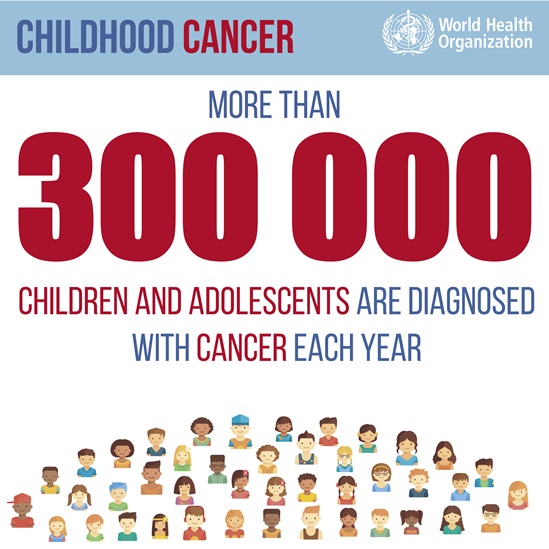A WHO-UNICEF-Lancet Commission, made up of leading child health experts from around the world, has produced a landmark report on child health and well-being, entitled A future for the world’s children?
Prevention of noncommunicable diseases
Many noncommunicable diseases have their origins in childhood. Physical inactivity, unhealthy diets, exposure to alcohol and tobacco, and unhealthy or unsafe environments are important risk factors. The CHD unit is investing in strategies to support children’s healthy growth and development by preventing the accumulation of risk factors for noncommunicable diseases in later life.
Whereas some noncommunicable diseases emerge during adulthood, others affect children directly. Common conditions include anaemia, asthma, cancers, diabetes, heart diseases, obesity, injuries and accidents. To address these, the CHD unit works with other departments in WHO and with partners to strengthen care in primary health care settings. This includes the development of services for chronic conditions.
Guidelines
Guidelines on physical activity, sedentary behaviour and sleep for children under 5 years of age
Early childhood is a period of rapid physical and cognitive development and a time during which a child’s habits are formed and...
Guideline: assessing and managing children at primary health-care facilities to prevent overweight and...
As part of its response to the global epidemic of obesity, WHO has issued guidelines to support primary healthcare workers to identify and manage children...
Investing in our future
Investing in our future
Facts and figures



